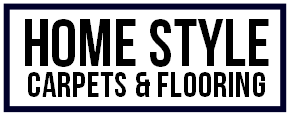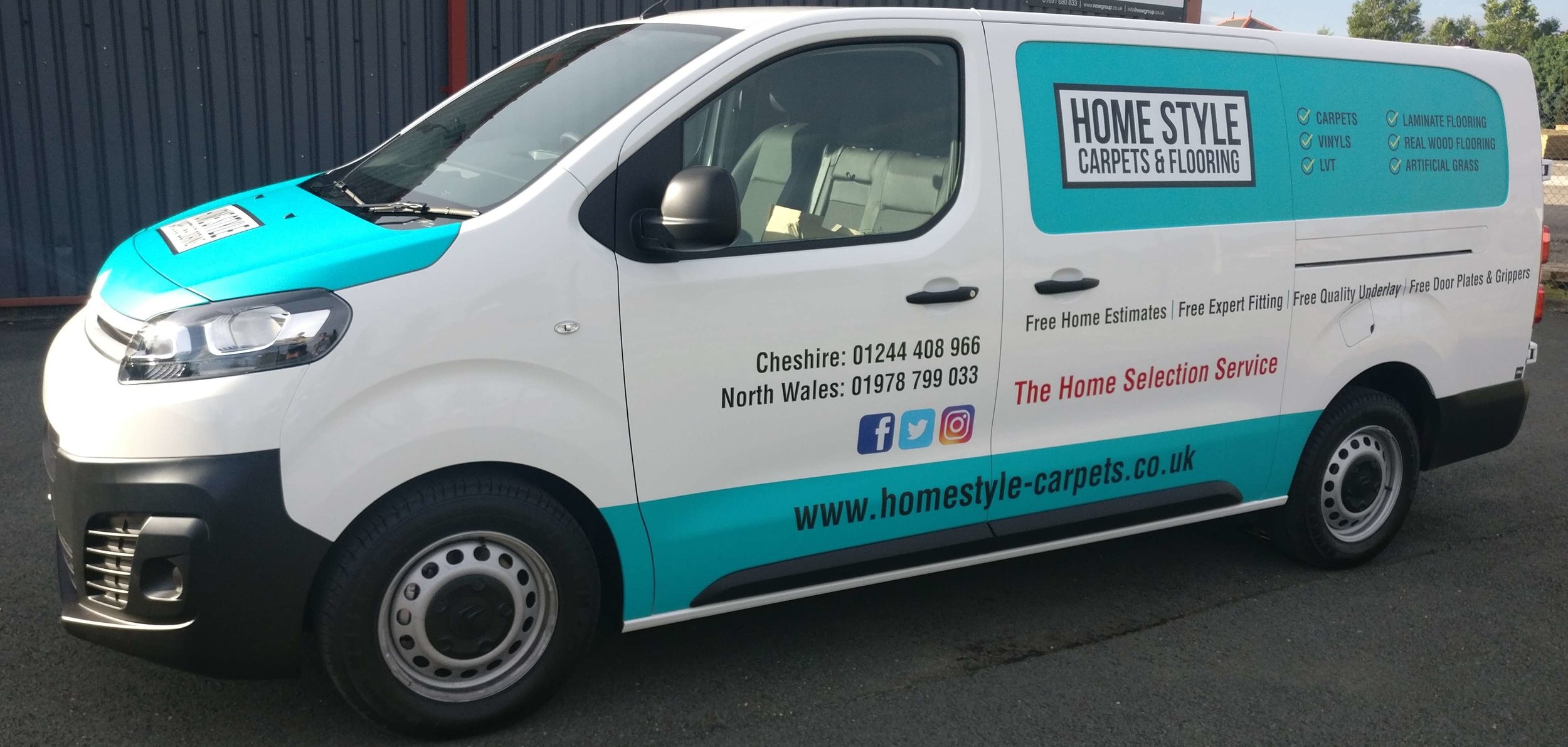Technology makes artificial grass more realistic
/New developments in the manufacturing of artificial grass have made this grass substitute look even more like the real thing.
One way that artificial grass can look different to natural grass is the way that the fibres fall, which can be too uniform. New technology has developed a way to make artificial grass fibres position themselves in a random way like natural grass.
The Portuguese developer of this grass, Léon Geerkings says:
“It looks incredibly realistic. We get so many positive reactions from clients, who say that nobody notices that they have artificial turf. People often have to feel the turf to believe it’s artificial.”
This grass is made from polyethene and its colourfast fibres are soft and certified to EN71-3 standard, which is usually used as a guarantee for children’s toy safety.
The first artificial grass, known as AstroTurf, was patented in 1965. It was practical for creating all-weather sports pitches but looked unreal. Over 50 years later, there have been great improvements in making artificial grass look more like real grass. Sports grounds may not be too concerned about how their pitches look, but households want artificial grass in their gardens to look as realistic as possible.
Many homeowners, schools and commercial properties replace their lawns with artificial grass in the Wrexham, Chester and North Wales area. Often, the main reason for this is to save maintenance time and have a child and pet-friendly lawn that does not need watering on dry summer days.

